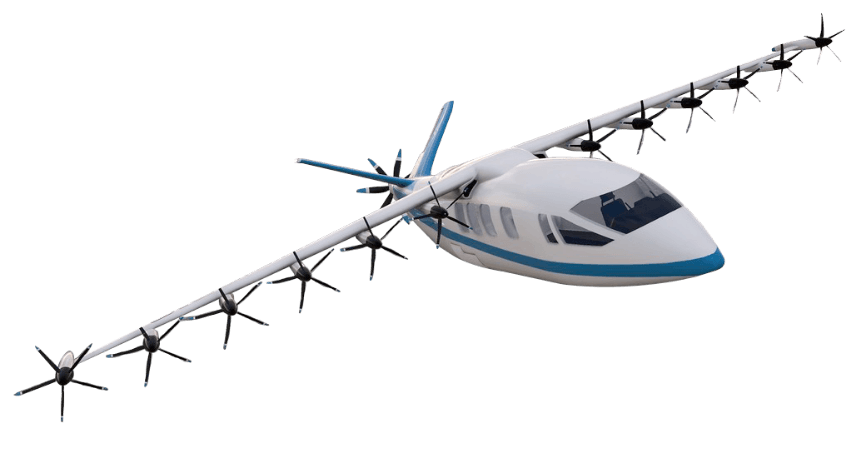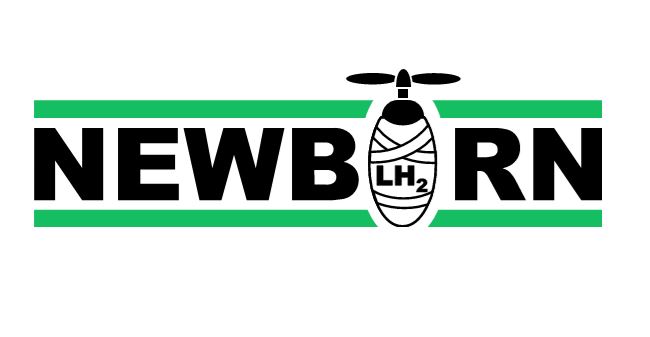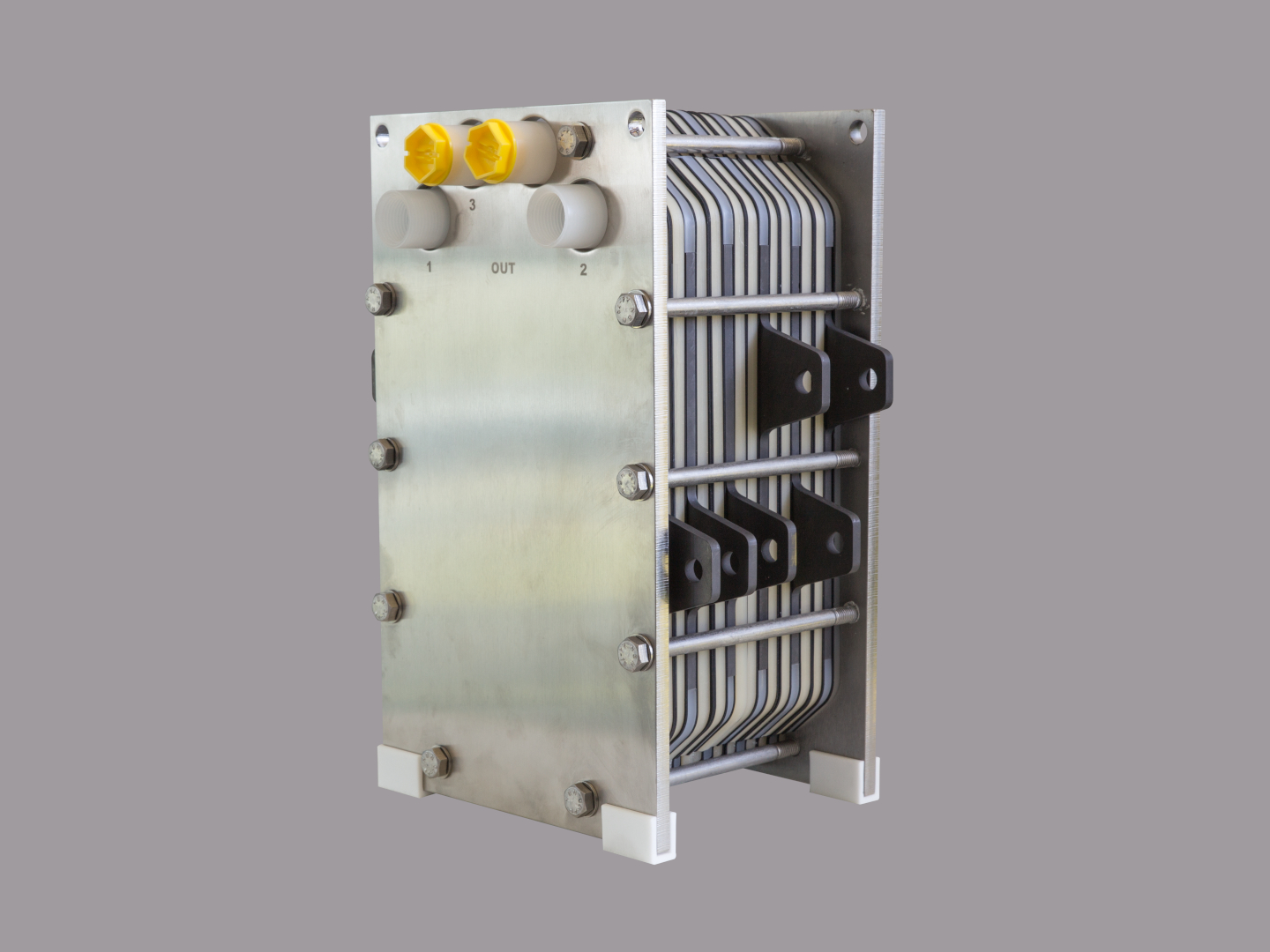NEWBORN focuses on realistic and commercially viable project results that go well beyond the expected results stated in the EU call for proposals. This is the only way to achieve a real impact that goes far beyond paperwork and test rigs. The project applies the springboard principle and aims to bring fuel cells to the aviation market as quickly as possible without compromising on safety issues. It will provide operational data to support the certification of CS-25 aircraft. It will also help to close important acceptance gaps in the conservative aviation environment.
The 18 multidisciplinary partners, including 3 non-traditional aerospace partners and 2 SMEs, will work on 28 key technologies. These will be matured and optimized to support an EIS for CS-23 aircraft by 2030 and for regional aircraft by 2035. The aim of the project is to achieve 50% overall efficiency of the propulsion system by 2026, calculated as the ratio between the energy at the propeller shaft and the lower calorific value of hydrogen. This target far exceeds the expected outcome of the EU call for proposals in HPA-02.
The project will also demonstrate a mostly scalable fuel cell energy source technology with a power density of >1.2 kW/kg and a stack power density of >5 kW/kg by the end of 2025. The technologies will be adaptable to different maximum flight altitudes of ≤ FL250 and ≤FL450 and will be scalable to ~250 kW by 2026 and reusable for secondary power at SMR flight altitudes. An innovative cryotank concept will be integrated, which has a gravimetric index of 35% for the CS-23 aircraft and can be scaled up by 50% for regional aircraft. The project is also investigating high power density and high voltage energy conversion, next-generation propulsion systems and microtube heat exchangers, as well as an accurate digital twin of the overall system. Overall, NEWBORN will develop a technology demonstrator that is ready for flight demonstration in the second phase of the Clean Aviation initiative.
 Fraunhofer Institute for Chemical Technology ICT
Fraunhofer Institute for Chemical Technology ICT


